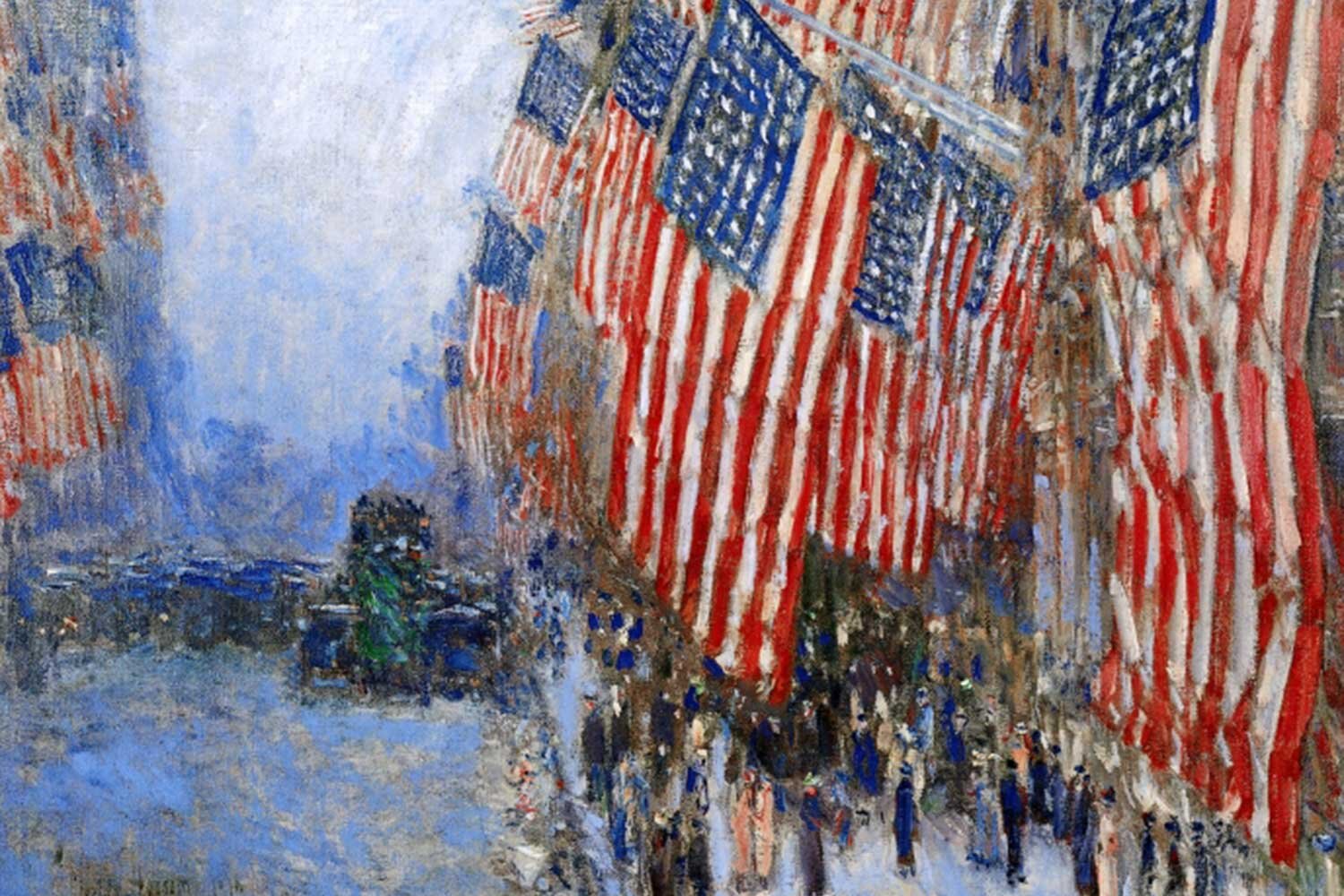Who Created the First Flag? Discover the History of the Stars and Stripes
Our nation’s flag, the emblem of our country, was officially created and later modified by three laws passed by Congress. Since then, it has been changed 27 times, the most recent of which was on July 4, 1960 when Hawaii’s star, the fiftieth, was added to the constellation. That said, our flags early history is a bit murky.
When we declared our independence on July 4, 1776, our country did not have a national flag, but that was not unusual for the 1700’s. In fact, most countries did not create their own national flags until the 19th and 20th centuries. Historically, flags had been used as military banners on battlefields as signs for the opposing armies.
In any event, our flag was born with the Flag Act of 1777 passed by the Continental Congress on June 14, 1777. The act read,” Resolved, That the flag of the thirteen United States be thirteen stripes, alternating red and white, that the union be thirteen stars, white in a blue field, representing a new constellation.”
As you can see, the statute did not specify if there were to be more red or white stripes, how the stars were to be arranged or even how many points the stars were to have. That said, our early flags generally had seven red and six white alternating stripes and thirteen five pointed stars. Interestingly, at the time of American Revolution, six pointed stars were more common than the five-pointed stars we adopted for our emblem.
The lack of clarity led to numerous designs being used during the American Revolution, as well as several people who claimed to have created our first flag. These claimants include Betsy Ross and her Betsy Ross flag with thirteen stars in a circle and Francis Hopkinson who designed a flag with thirteen stars in a 3-2-3-2-3 pattern. Both flags used five pointed stars, and both met the loose design specifications of the First Flag Act.
When Vermont and Kentucky were added to the Union, we needed to modify our flag. Consequently, on January 13, 1794, the United States Congress passed the Flag Act of 1794. This law specified that our national flag would now consist of fifteen red and white alternating stripes and fifteen stars in a field of blue.
This new design would continue to be our standard for the next 24 years, despite the addition of five more states (Tennessee, Ohio, Louisiana, Indiana, Mississippi) to our country. This design is the one that flew over Fort McHenry when Francis Scott Key wrote the Star-Spangled Banner.
Congress realized that with even more states soon to be added to our growing nation we needed to pass legislation with an eye to the future. As a result, on April 4, 1818, Congress enacted the Flag Act of 1818 which reduced the number of stripes back to thirteen alternating red and white stripes to represent the original thirteen colonies and called for one star for every state in the Union.
To allow for future growth, Congress also stipulated “That on the admission of every new state into the Union, one star be added to the union of the flag” and that the addition take place on the following 4th of July.
WHY IT MATTERS
So why does the story of how our flag came to be matter to us today? Quite simply, our flag is the primary symbol of America to the entire world. Our emblem’s history provides a visual story of the journey our nation has taken to get to where we stand today. It seems only right and fitting that all Americans know this story and appreciate what our ancestors did to make it happen.
SUGGESTED READING
“Grand Old Flag; A History of the United States Through the Flags” is a beautiful book written by Peter Keim and published in 2007. It is a very interesting and readable book which traces the history of America through the evolution of our flag. It also includes 125 full-color pictures of flags flown during our nation’s wonderful past.
PLACES TO VISIT
The Star-Spangled Banner Flag House in downtown Baltimore is a great place to visit. It is the house where Mary Pickersgill sewed the Star-Spangled Banner that flew over Fort McHenry and inspired Francis Scott Key to write our national anthem. A nice museum attached to the house has an excellent exhibit on the War of 1812 and the Battle of Baltimore.
Until next time, may your motto be “Ducit Amor Patriae,” Love of country leads me.






One of the most beautiful flags from our nation’s founding era is the famous “Betsy Ross” flag with thirteen red and white stripes and thirteen stars in a field of blue. Called by many the first national flag of the United States, it was created by Betsy Ross in the city of Philadelphia in 1776.